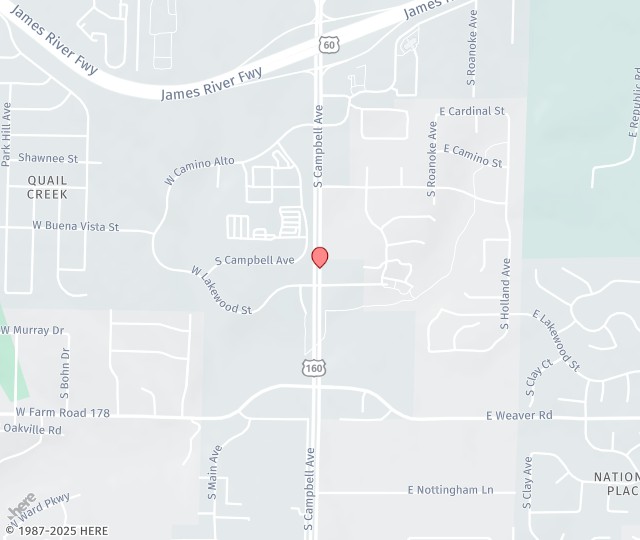Hair loss (alopecia) affects many men and women. The symptoms of hair loss may relate to hairstyles, hormones, aging, and genetic makeup. The signs of hair loss can create self-consciousness, a loss of confidence, and a sense of frustration. Rather than cover up a head that is losing its full, thick hair, many people are exploring their options for hair restoration therapy. We are proud to offer an innovative nonsurgical approach to stimulating hair growth.
What is Hair Restoration Therapy?
Hair Restoration Therapy is genetic and is called androgenic alopecia. Androgenic alopecia is a genetic condition experienced by both men and women. For men, this condition is also known as “male pattern baldness” and can occur as early as one’s teens. In men, the hairline recedes and hair gradually disappears from the crown and front part of the scalp. For women, “female pattern baldness,” or noticeable thinning of the full scalp, usually occurs in one’s forties or later.
Hair restoration therapy is the term that describes a wide variety of procedures and techniques designed to restore the fullness and thickness of hair in an area of thinning or balding. Strategies range from topical products to prescription medication to injections to surgery.
What are the Different Options for Hair Loss?
For those suffering from unavoidable genetic baldness, there are some options available to put hair back on their scalps. Some opt for nonsurgical hairpieces like wigs or toupees and Peptide Therapy. Others choose for hair transplantation procedures, in which several skin-grafting sessions are endured to receive satisfactory fullness.

Scalp reduction is another surgical method to redistribute hair on the scalp; bald skin is removed so that hair-bearing skin can be stretched to fill part of the head. If surgical procedures are too extreme or costly, the topical solution Rogaine is popularly used, but is considered most effective in preventing hair loss as opposed to promoting new growth. Similarly, Propecia is another medication (taken orally) suggested primarily for the prevention hair loss instead of inciting the growth of new hair.
Which Hair Loss solutions are permanent and which are temporary?
According to research, all methods of hair restoration may be temporary. This is because hair follicles, even those that are transplanted with surgery, are affected by age when genetically predispositioned for androgenic alopecia. To maintain optimal hair growth and combat this condition takes ongoing effort. This may be the continued use of daily medication or topical solution or periodic surgical touch-ups.
What is the best hair loss solution?

The problem with androgenic alopecia is that the hair follicles shrink. At the same time, the anagen (active) phase of hair growth also shrinks. Without a lengthy active phase and wide, healthy follicles, hair growth is blunted. The hairs that exit follicles are thinner and shorter than they used to be.
Fortunately, there are many options for hair restoration. This provides people with the opportunity to go at their own pace. Most people who are looking at thinner, sparser hair when they look in the mirror want to return to what they once had but they want to do it without surgery. It may seem as though hair transplant surgery would be the obvious “best” solution for hair loss related to androgenic alopecia, but that is not the case. Studies show that the range of successful hair transplantation is from 10% to 80%. Studies also indicate that, like natural hair, the hair follicles that are transplanted are just as susceptible to narrowing and dormancy as all others. Essentially, the hair that is transplanted could eventually thin and fall out, too.
What is GHK-Cu?
GHK-Cu is a naturally occurring copper complex that was first identified in human plasma. Copper peptides are small, naturally occurring protein fragments that have a high affinity for copper ions, which are critical to normal body function. The human peptide GHK (glycyl-l-histidyl-l-lysine) has multiple biological actions, all of which, according to our current knowledge, appear to be health positive. It stimulates blood vessel and nerve outgrowth, increases collagen, elastin, and glycosaminoglycan synthesis, as well as supports the function of dermal fibroblasts.
GHK’s ability to improve tissue repair has been demonstrated for skin, lung connective tissue, boney tissue, liver, and stomach lining. Since its discovery in 1973, GHK-Cu established itself as a powerful protective and regenerative ingredient, which is currently widely used in skin and hair products. First, it seems to act as a potent protector of tissue and anti-inflammatory agent that controls the oxidative damage that occurs post-tissue injury. It then plays a significant role in signaling tissue remodeling which removes damaged/scarred tissue and generates new, healthy tissue. However, these positive effects decline with age because the concentration of GHK-Cu in the body decreases with age. Thus, there is an increase in inflammation, cancerous activity, and tissue destruction.
What are the Benefits of Using GHK-Cu?
- Tighten loose skin and reverse thinning of aged skin.
- Repair protective skin barrier proteins.
- Improve skin firmness, elasticity, and clarity.
- Reduce fine lines, depth of wrinkles, and improve the structure of aged skin
- Smooth rough skin.
- Reduce photodamage, mottled hyperpigmentation, skin spots, and lesions.
- Improve overall skin appearance.
- Stimulate wound healing.
- Protect skin cells from UV radiation.
- Reduce inflammation and free radical damage.
- Increase hair growth and thickness, enlarge hair follicle size.
5 Ways copper peptides (GHK-Cu) boost hair growth
Click the slides below to learn more about Peptides for Hair Growth
What Is the Difference Between A Hair Transplant and Peptide Therapy for Hair Restoration?
At Affirm Health Center, we do not perform surgical hair transplant surgery. Our method of addressing hair loss focuses on stimulating hair growth with a completely noninvasive approach.
People who undergo hair transplant surgery must follow a number of guidelines, including:
- Avoiding smoking and alcohol
- Not cutting their hair
- Massaging the scalp for up to thirty minutes a day for 14 to 30 days.
- Additionally, hair transplant patients often have to take hair loss medication like Minoxidil as well as antibiotics before their procedure.
Our nonsurgical, noninvasive hair restoration treatment, GHK-Cu, does not require strict pre-treatment guidelines. It requires only consistent use.
Who is a candidate for hair restoration therapy?
Because there are so many options for hair restoration, most people who are interested in reviving hair growth can be good candidates for treatment. The most common reason for hair loss is genetics. This is referred to as androgenic alopecia or male- or female-pattern baldness. This condition is relatively predictable, causing a receding hairline in men and thinning at the top of the head in women. It is related to the male sex hormone testosterone, which both men and women have. This condition cannot be prevented but it can be addressed. Treatments can be especially successful when the hair growth cycle is stimulated early in the process of hair loss.
How many Hair Loss treatment sessions will I need?
GHK-Cu is administered daily as a prescription topical foam. This makes treatment ultra-convenient and easy to maintain as needed for long-term improvement!
Are there any risks involved with hair restoration therapy?
Hair restoration therapy need not involve risks such as bleeding, infection, and patchy hair growth. These are the risks associated with hair transplant surgery. GHK-Cu has a history of success achieving improved localized hair growth with no side effects and no surgical risks.
What results can I expect after my Hair Restoration Therapy?
Results can vary from one person to another. Clinical studies on GHK-Cu for hair growth indicate that noticeable improvements in length, fullness, and darkness are possible. Continued use is necessary to maintain the enhancements that are achieved.
Schedule a Consultation Today!
Are you interested in non-surgical, non-invasive hair restoration? Call 417-823-3901 to schedule a consultation in our Springfield, MO office.
